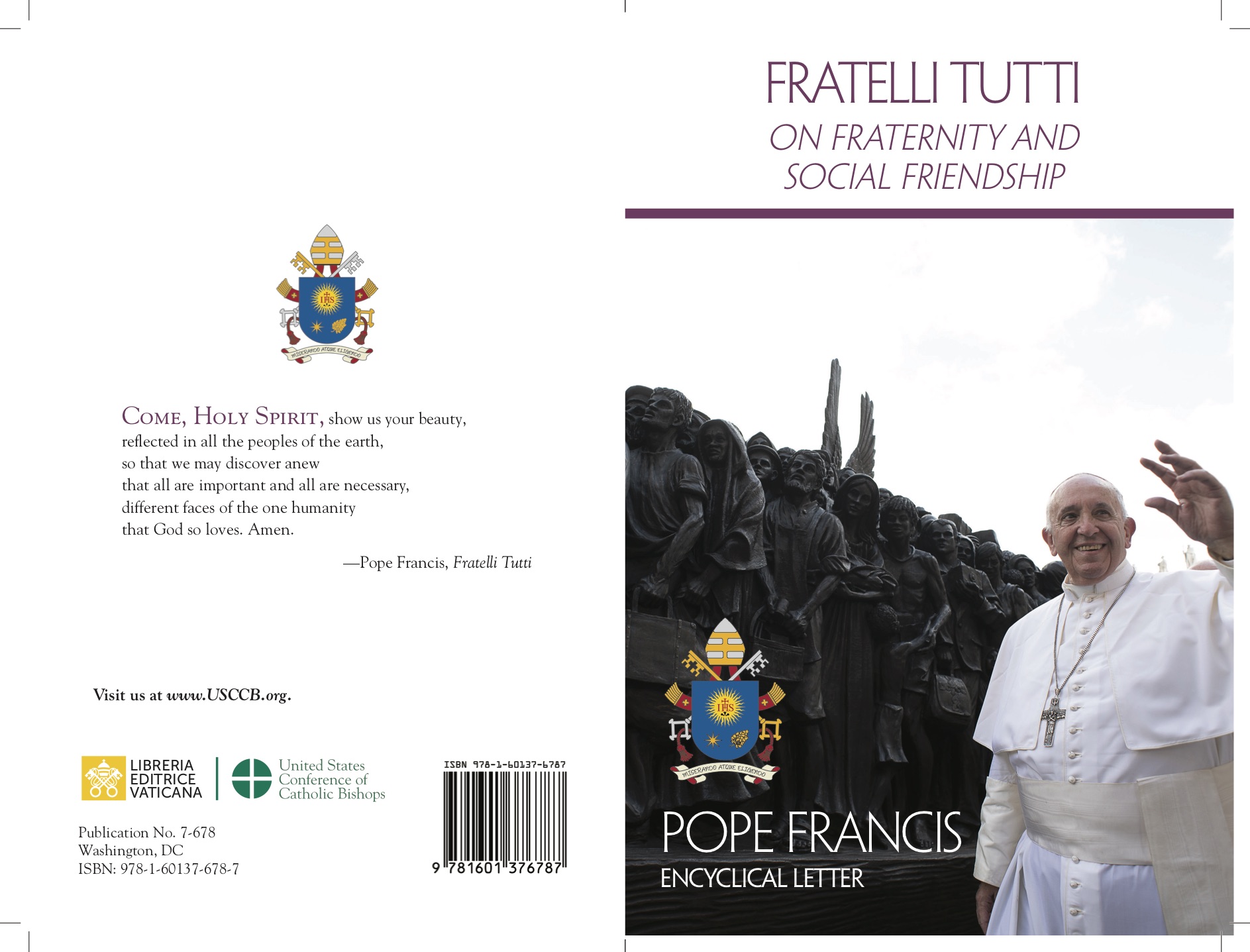
Adelaide del Vasto was the Queen of Jerusalem and generous protector of the Church in Sicily, where she served as regent during the Norman era (early 12th century). She came from afar, from what is Piedmont today, and a descendant of the Aleramici, who were a prominent family there at that time. Her uncle Boniface of Savona was described as “the most famous marquis in Italy”. These included Adelaide and her brother Henry, who were soon disinherited as fatherless and then emigrated to Sicily to participate in the mission that the pontiffs, at the time of the Reformation of the Church, had assigned to the Altavilla, a dynasty from Normandy. Their task was to dismantle Muslim rule, which had dominated the island for almost two centuries (827–1091). Adelaide married Roger I of Hauteville, who was known as the Great Count. However, she was far from merely living in her husband’s shadow. She was, as the prominent 20th-century historian Ernesto Pontieri put it, “a woman of intellect and determination”. Moreover, her marriage facilitated the arrival of many of her relatives and compatriots from northern Italy, who settled in the heart of the Mediterranean and contributed to the “Catholicization” of Sicily.
Following the deaths of her husband (1101) and their firstborn son Simon (1103), Adelaide had the opportunity to fully demonstrate her abilities as a ruler by governing Sicily until the coming of age of their second son and heir, Roger II (1112). After decades of conflict, the island needed to be pacified to enable the establishment of the Latin Church, since before the Arab rule it had been a Byzantine domain. Adelaide showed both firmness against rebels and clemency toward those defeated who accepted the new political order. In the Byzantines and the Arabs, she found valuable allies to counter overly ambitious barons and anyone who sought to take advantage of her regency. She allowed Muslims to maintain their freedom of worship and maintained cordial relations with the Greek Orthodox population (the Great Schism had occurred not long before, in 1054).
Following papal policy, Adelaide supported the settlement of Latin-rite clergy, and made donations to the churches of Santa Maria del Monte Carmelo in Palermo, Santo Spirito in Caltanissetta, Santa Maria della Valle di Giosafat (also known as della Gancia) in Paternò, Santissima Annunziata in Frazzanò, and the Carmelite convent in Marsala. Her strongest ties, however, were with the Monastery of the Most Holy Savior in Patti, whose church, founded in 1094, was dedicated to the apostle Bartholomew. Both the church and monastery were established within a Norman fortress, and traditionally referred to as the “Castle of Adelaide”. Today, both are in ruins. In 1108, the regent of Sicily granted Abbot Ambrose of San Bartolomeo the tithes of the Jews of Termini, which is a tax corresponding to a tenth of their income. Her connection to the town of Patti deepened over time, as we shall see, in the years that followed.
Meanwhile, Adelaide had decided to move the seat of comital power from Messina to Palermo (1111), which had once been the wealthy and verdant capital of the Kalbid Emirate. The cty had become so populous that the geographer Ibn Hawqal claimed it had more than three hundred mosques. In Palermo, Adelaide handed over the reins of the county to her son, who had just come of age. Perhaps to support the aspirations of the new ruler, perhaps driven by her own inclination to be at the forefront, or perhaps for reasons of state, she resolved to marry Baldwin I, King of Jerusalem, and moved to Palestine in 1113. Adelaide arrived at Acri with the full splendor of her retinue and her magnificent dowry. Her ship, gilded in gold, shone from afar, dazzled by the sunlight. Baldwin welcomed her in the best of ways.
However, the ambitious Roger II clearly aimed to inherit the crown of the Crusader Kingdom of the Holy Land, but which turned out to be in vain. He had counted on the fact that his mother, who was nearly forty years old, was unlikely to bear more children. Instead, the marriage was a disaster and soon declared null, due to Baldwin’s previous and still valid marriage to Arda of Edessa, an Armenian noblewoman. Accused of bigamy, and under pressure from Pope Paschal II and Arnulf, Patriarch of Jerusalem, Baldwin who was also gravely ill, was compelled to repudiate the Norman bride. Upon hearing the news, Adelaide was grief-stricken and wept bitterly. She returned to Sicily by sea and retired to Patti, to then withdraw into the monastery she had founded.
Consumed by sorrow, she died less than a year later (1118). Her body rests in the Chapel of Saint Febronia in the Cathedral of Saint Bartholomew, preserved in a 16th-century Renaissance sarcophagus.
by Giuseppe Perta
Professor of Medieval History, University of Naples Suor Orsola Benincasa




 Purchase the Encyclical here Fratelli Tutti
Purchase the Encyclical here Fratelli Tutti